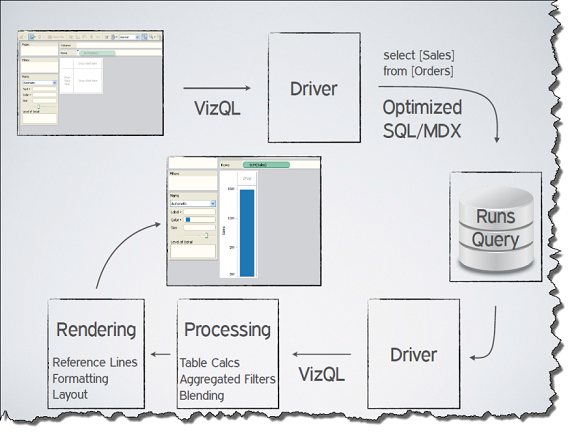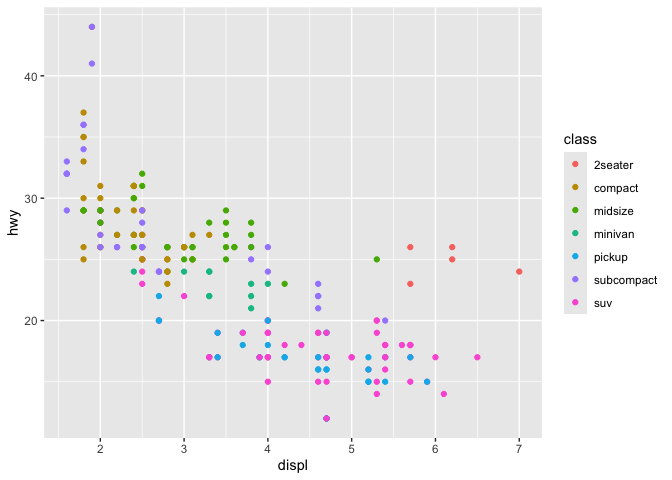This post may contain paid links to my personal recommendations that help to support the site!
You’ve just recently heard about Tableau as a great skill to learn. You might be slightly unsure or even confused as to whether Tableau is considered a programming language. Not to worry, here’s the short answer to this question: Is Tableau a Programming Language?
Tableau is not a programming language. Tableau is largely different from programming languages: Tableau is a data visualization software but programming languages provide instructions to a computer for output. However, Tableau does use a language, VizQL (Visual Query Language), to translate SQL code into visuals.
Now that you have a clearer understanding that Tableau is not a programming or coding language, you might also be curious to know more about the underlying proprietary language VizQL used by Tableau. Tableau and programming languages actually do share some common functions, which might have been the cause for your confusion. If you’re interested in knowing more about Tableau and its relations to programming languages, do read on!
What Can Be a Considered as a Programming Language?
Any language that can execute instructions for computer programs can be considered as a programming language. A programming language is written code that executes a set of instructions that is understandable by computers through binary code. Programming languages typically have syntax (formatting) and semantics (meaning).
How is Tableau Different from a Programming Language?
Tableau is actually really different from a programming language and you’ve probably thought so because of some small confusion. But not to worry, let me share with you the main differences between Tableau and programming languages.
The main difference between Tableau and programming languages is that Tableau is simply a data visualization software but programming languages are written code that allows the execution of a computer program. Both of them are completely different types of technology altogether.
Here are some differences between the functions of Tableau and programming languages:
| Differences | Tableau | Programming Languages |
| Data Transformation | Limited | Extensive, done through various packages and libraries |
| Calculations | Available through calculated fields using formula language | Available across almost all programming languages through the use of operators, can be further enhanced by packages too |
| Data Visualization | Simple but powerful drag and drop data visualization | Limited and non-intuitive data visualization through packages |
What is Tableau?
Tableau is a business intelligence software made by Tableau Software for the use of creating dashboards and data visualizations. It is a skill commonly used by data analysts, data scientists, and business intelligence analysts. It uses an underlying language called VizQL to process queries but does not require any programming from the user’s end.
VizQL
VizQL is Tableau’s visual query language for databases. It’s the language that connects the queries and processes them to produce data visualizations. However, you won’t be able to write in this language as it only runs on the background processes. So don’t worry too much about VizQL, just be rest assured that Tableau requires no coding of VizQL from your part.
If you’re looking for more information about VizQL and how it is being used in Tableau, do check out their blog here.
How is Tableau Similar to a Programming Language?
Despite the main difference between Tableau and programming languages, some languages commonly used in data analytics actually do have similar functions to that of Tableau.
Here are the 3 ways Tableau is similar to programming languages.
- Data Visualization Functions
- Data Transformation Functions
- Data Storage
1. Data Visualization Functions
Some programming languages have libraries or packages that provide extra functions to their base language. For example, you’ll want to be using packages such as ggplot2, Plotly, and Matplotlib. These packages allow you to build data visualizations similar to those in Tableau like bar charts, line graphs, and scatterplots.
2. Data Transformation Functions
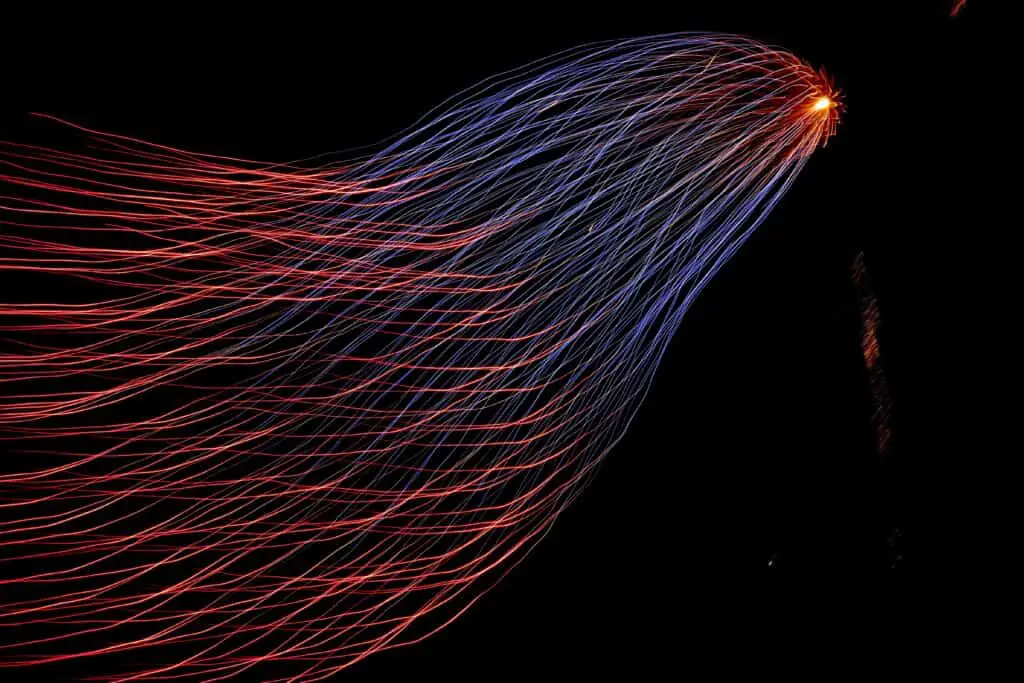
Tableau’s data transformation functions include merging tables and building relations among them to prepare for data. This can also be commonly found among programming languages through packages like Pandas and dplyr.
3. Data Storage
Just like in Tableau’s data storage capabilities using Tableau Data Extracts programming languages also do allow temporary storage of data. For example, in both Python and R, data can be stored in the form of dataframes in memory when coding.
What Are Some Examples of Programming Languages in Data Analytics?
| Programming Language | Popular Packages in Data Analytics | |
| 1 | Python | Pandas, Plotly, Matplotlib, Dash |
| 2 | Structured Query Language (SQL) | – |
| 3 | R | dplyr, ggplot2 |
| 4 | Javascript | D3 |
1. Python
Let’s start with the most commonly used language you’ve probably already heard of – Python. The Python programming language is one that’s commonly used in data analytics for its powerful scripting capabilities and add-on libraries for data transformation and data visualization. Here are some common libraries in Python that are similar to Tableau:
- Pandas (data transformation)
- Plotly (data visualization)
- Matplotlib (data visualization)
- Dash (dashboards)
Link: Python Website
2. Structured Query Language (SQL)
Another popular programming language used by data analysts is Structured Query Language (SQL). SQL is a query language for databases that can be similar to Tableau when you consider how both of them can merge tables! If you’re curious to know more about SQL, you can read more about it in my other post about SQL as a programming language here.
Link: Wiki on SQL
3. R
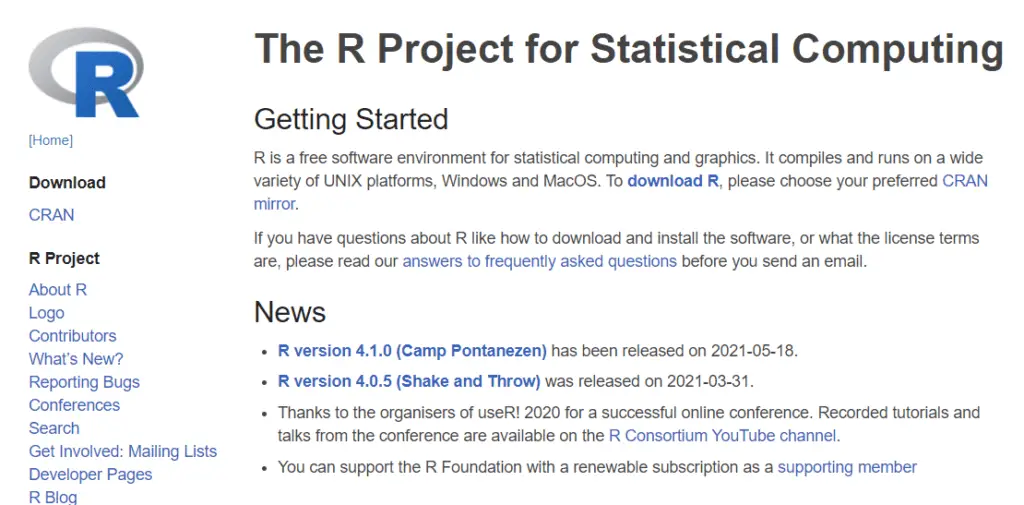
Commonly used among statisticians and data scientists, the R programming language draws many similarities when you compare it with Tableau. R programming has one of the best (in my own opinion) data visualization packages out there – ggplot2. Here are some of the packages commonly used in R programming:
Link: R Website
4. Javascript
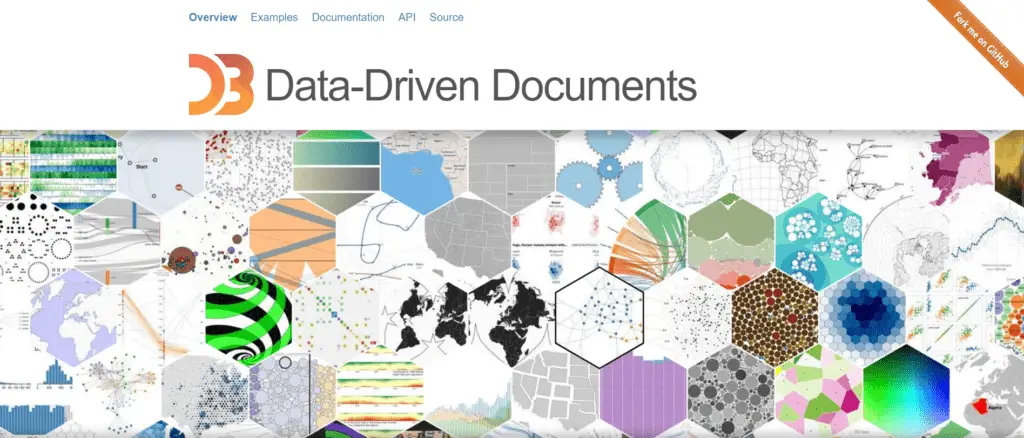
Here’s one last language that’s used the least by data analysts but also provides some great data visualizations – Javascript! The D3.js package is one that I’ve been hearing most about because of its large variations in visuals.
Links: Javascript, D3
Where Should You Learn Tableau?
Beginner-friendly: For those among you who are new to Tableau, I would recommend heading over to the Tableau Learning resources available here for a great resource that’s perfect for complete beginners. They provide a comprehensive introduction to Tableau Desktop that can be useful for beginners.
Visual Learners: If you’d like to learn via video format, you can check out my other blog post on Tableau Webinars that can give a great overview of the basics of Tableau!
Structured Learning: Alternatively, if you prefer a structured way of learning, you can start with this course on Coursera for a good introduction to Data Visualization with Tableau. This course is perfect for serious learners that won’t mind paying a little more for curated and structured information all in one place! Do check it out!
Still unsure where to start? Check out this list of 7 clever ways to learn Tableau I’ve put together to help you get started.
Is Programming Needed for Tableau?
Programming is not required for Tableau for basic use. Tableau offers drag-and-drop functionalities for building charts and dashboards without the need for coding. However, Tableau users can use Python and R code to enhance visualizations and build models.
Here’s an article I wrote about programming in Tableau with more details about whether Tableau and coding, do check it out if you’re curious to know more!
What Language Does Tableau Use?
Tableau uses the VizQL language. VizQL (Visual Query Language) is a proprietary language from Tableau Software that works beneath the queries and interactions made to produce data visualizations. However, VizQL only runs on the backend and does not require user input to create data visualizations in Tableau.
What Language is Tableau Written In?
Tableau is written in C++. Tableau is a data visualization software programming in C++ to create a program and drag-and-drop interface. Tableau also uses the VizQL language beneath the queries to product data visualizations.
Final Thoughts
I hope that by the time that you’re reading this, you’ll be very confident in your knowledge that Tableau is not a programming language. In fact, I hope that you’ve cleared up any confusion between the 2 through this blog post. I hope it’s been useful for you too! Thanks for reading!
My Favorite Learning Resources:
My Recommended Learning Platforms!
| Learning Platform | What’s Good About the Platform? | |
|---|---|---|
| 1 | Coursera | Certificates are offered by popular learning institutes and companies like Google & IBM |
| 2 | DataCamp | Comes with an integrated coding platform, great for beginners! |
| 3 | Pluralsight | Strong focus on data skills, taught by industry experts |
| 4 | Stratascratch | Learn faster by doing real interview coding practices for data science |
| 5 | Udacity | High-quality, comprehensive courses |
My Recommended Online Courses + Books!
| Topic | Online Courses | Books | |
|---|---|---|---|
| 1 | Data Analytics | Google Data Analytics Professional Certificate | – |
| 2 | Data Science | IBM Data Science Professional Certificate | – |
| 3 | Excel | Excel Skills for Business Specialization | – |
| 4 | Python | Python for Everybody Specialization | Python for Data Analysis |
| 5 | SQL | Introduction to SQL | SQL: The Ultimate Beginners Guide: Learn SQL Today |
| 6 | Tableau | Data Visualization with Tableau | Practical Tableau |
| 7 | Power BI | Getting Started with Power BI Desktop | Beginning Microsoft Power BI |
| 8 | R Programming | Data Science: Foundations using R Specialization | Learning R |
| 9 | Data Visualization | – | Big Book of Dashboards |

